I tried to understand https://www.analog.com/media/en/analog-dialogue/volume-38/number-2/articles/techniques-to-avoid-instability-capacitive-loading.pdf
The feedback circuit is as follows:
so I have to calculate the transfer function VB/VA.
I do not understand their approach, although I'm already about 10 hours over the paper...
As far as I understood, CF+Rx should cancel the frequency dependence (the single pole) due to CF, so the remaining transfer function is real:
By hand I get
$$V_B/V_A = \frac{a_0+a_1s+a_2s^2}{b_0+b_1s+b_2s^2}$$
with
$$a_0=R_i$$ $$a_1 = C_f R_i R_x + C_fR_fR_i$$ $$a_2 = C_LC_f R_f R_i R_x$$
$$b_0 = R_x+R_o+R_i+R_f$$ $$b_1 = C_fR_oR_x+C_fR_iR_x+C_fR_fR_o+C_fR_fR_i+C_LR_iR_x+C_LR_iR_o+C_LR_fR_x+C_LR_fR_o$$ $$b_2 = C_LC_fR_iR_oR_x+C_LC_fR_fR_oR_x+C_LC_fR_fR_IR_x+C_LC_FR_fR_iR_o$$
In order to make the transfer function above frequency independent, we must have
$$V_B/V_A = \frac{a_0+a_1s+a_2s^2}{b_0+b_1s+b_2s^2} = \frac{R_i}{R_x+R_o+R_i+R_f}$$
The conditions are, therefore
$$a_1(R_x+R_o+R_i+R_f) = R_i b_1$$ $$a_2(R_x+R_o+R_i+R_f) = R_i b_2$$
I tried hard, but by substituting the a's and b's back into those two conditions, they should suffice to solve for CF and Rx. However, I cannot reproduce the final formulas of the paper:
Q1: Do I have a mistake in my thoughts? Q2: This is terribly complicated...I miss intuitive insight and the basic principle behind. How can we know in advance, that this will work at all? I'm driving crazy...
EDIT-1:
Based on the example with
Ro=10 Ohm Rf=100k Ohm Rin=1kOhm CL=1nF
I found out, that the my equations are indeed right: They give exactly the formula for Rx in the paper (it took a while to see this...): Rx = 0.1 Ohm
Notably, the formula in the paper for Cf is not the exact solution, but is amazingly close to it: In the following example the value for Cf according to the formula in the paper is Cf=0.102pF and gives the first curve:
The numerically exact solution for Cf=0.102009795980306 pF: Here the frequency dependency is almost off (what you see are just numeric issues with LTSpice)
Anyway, both results are nearly frequency independent, as compared to the uncompensated system: Here the uncompensated (blue) and the system with Cf=0.102pF Rx=0.1 Ohm(green):
So finally, I can confirm the results in the paper, although I'm still not able to understand the method they used to find the transfer function.
